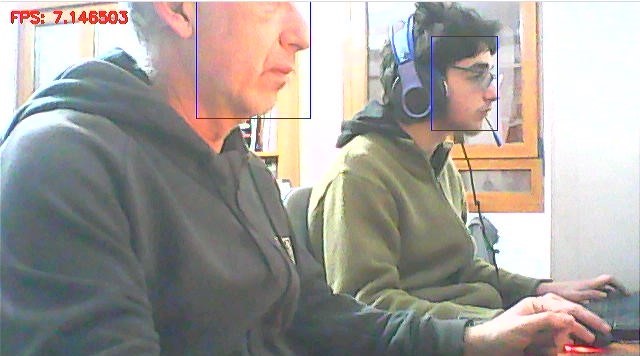Xilinx Kria KV260 Kitchen Lifeguard project for Hackster.io Adaptive Computing Challenge 2021 with AMD-Xilinx
Smart device that monitors unattended kitchen cooking appliances using computer vision with Machine Learning.
See project blog at hackster.io: KV260 Kitchen ML Lifeguard
You have to install the Vitis AI Runtime on your own image. The version of the board image should be 2021.2 or above.
A system images for the KV260 starter kit can be downloaded from here
You can use etcher (https://etcher.io/)
Vitis AI Library User Guide (UG1354)
git clone --recurse-submodules https://github.com/javagoza/KriaKitchenLifeguard kriaklifeguard
cd kriaklifeguard/
bash -x build.sh
The build script will call g++
g++ -std=c++17 -O2 -I. -o klifeguard klifeguard.cpp -lvitis_ai_library-facedetect -lvitis_ai_library-dpu_task -lvitis_ai_library-xnnpp -lvitis_ai_library-model_config -lvitis_ai_library-math -lvart-util -lxir -pthread -ljson-c -lglog -I/usr/include/opencv4 -lopencv_core -lopencv_videoio -lopencv_imgproc -lopencv_imgcodecs -lopencv_highgui
To test the program with a USB camera as input, run the following command:
./klifeguard densebox_320_320 0 -t 8
or
./klifeguard densebox_640_360 0 -t 8
Here, 0 is the first USB camera device node. If you have multiple USB cameras, the value is 1,2,3, etc., where, -t is the number of threads.
Important: Enable X11 forwarding with the following command (suppose in this example that the host machine IP address is 192.168.2.16) when logging in to the board using an SSH terminal because the video examples require a Linux windows system to work properly.
export DISPLAY=192.168.2.48:0.0
To start both person detection and the tcpserver to get the date and time of the last person detection.
sh klifeguard.sh
The Kitchen ML Lifeguard uses the Face Detection library. Face Detection uses the DenseBox neural network to detect human faces. The input is a picture with the faces you want to detect and the output is a vector containing the information of each detection box.
vitis::ai::FaceDetect Base class for detecting the position of faces in the input image (cv::Mat). Input is an image (cv::Mat).
Output is a vector of position and score for faces in the input image.
Sample code:
auto image = cv::imread("sample_facedetect.jpg");
auto network = vitis::ai::FaceDetect::create(
"densebox_640_360",
true);
auto result = network->run(image);
for (const auto &r : result.rects) {
auto score = r.score;
auto x = r.x * image.cols;
auto y = r.y * image.rows;
auto width = r.width * image.cols;
auto height = r.height * image.rows;
}
